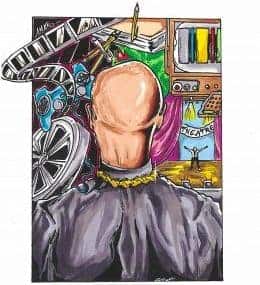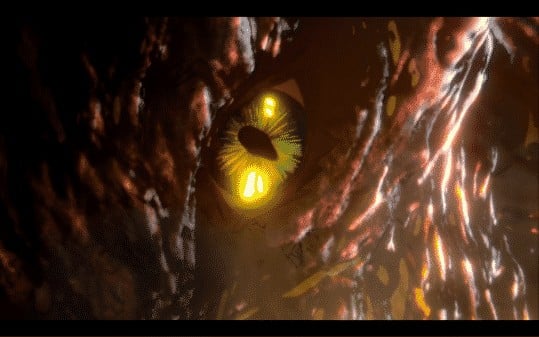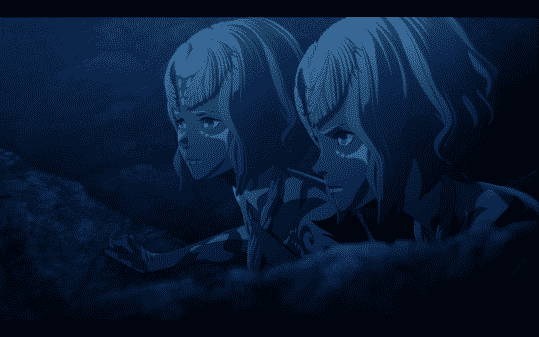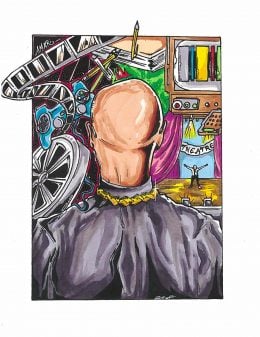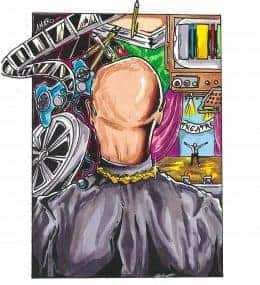Godzilla: City on the Edge of Battle – Recap/ Review (with Spoilers)
Godzilla: City on the Edge of Battle may lack quality battles but it does present the issues between factions which will affect a post-Godzilla world. Director(s) Hiroyuki Seshita, Kôbun Shizuno Screenplay By Gen Urobuchi Date Released (Netflix) 7/18/2018 Genre(s) Animation, Sci-Fi, Action, Monster Movie Good If You Like Movies Made To Setup Better Movies Noted…
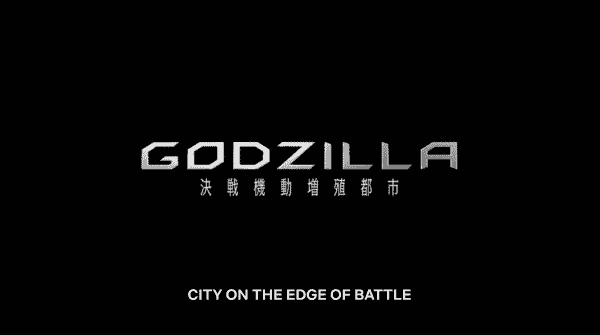
Spoiler Alert: This summary and review contains spoilers.
Additionally, some images and text may include affiliate links, meaning we may earn a commission or receive products if you make a purchase.
Godzilla: City on the Edge of Battle may lack quality battles but it does present the issues between factions which will affect a post-Godzilla world.
| Director(s) | Hiroyuki Seshita, Kôbun Shizuno | |
| Screenplay By | Gen Urobuchi | |
| Date Released (Netflix) | 7/18/2018 | |
| Genre(s) | Animation, Sci-Fi, Action, Monster Movie | |
| Good If You Like | Movies Made To Setup Better Movies | |
| Noted Actors | ||
| Harou | Mamoru Miyano | |
| Metphies | Takahiro Sakurai | |
| Galu-Gu | Jun’ichi Suwabe | |
| Belu-Be | Kenta Miyake | |
| Maina | Reina Ueda | |
| Miana | Ari Ozawa | |
| Yuko | Kana Hanazawa | |
Summary
After the fall of baby Godzilla and rise of the one which nearly wiped out humanity, Harou, alongside Metphies, and the representatives of the Bilusaludo, Galu-Gu, and Belu-be, are lost in how to fight back. That is, until an encounter with the native Houtua people, in particular, Maina and Miana. Twins who provide some assistance to Harou and his people, despite a rather rough introduction. One which, for some time, led many to believe they’d be sacrifices for some kind of ritual. However, despite how primitive some believe the Houtua people to be, with time it is seen this is an unjust assumption. At least in terms of their discovery and use of what is known as nanometal.
To make a long explanation short, the design of this element was to make it so Mecha-Godzilla would be far more than a formidable opponent but also present itself as a building block for a new civilization. For one of the main features of note is that it can build and repair on the fly. In fact, it is discovered the head of Mecha-Godzilla, which survived, had been using nanometal in order to build a complex to fulfill its sole mission – defeat Godzilla.
Something which, upon discovery, not only gives hope to the people on the ground but up in the air as well. However, no sooner than this complex gets discovered do the Houtua people get abandoned and no longer spoken to. Yet, after the events of this movie, it seems that, unless they wish to retreat once more, they may have no choice to work with the locals and understand their customs.
Highlights
Cultures Are Further Established
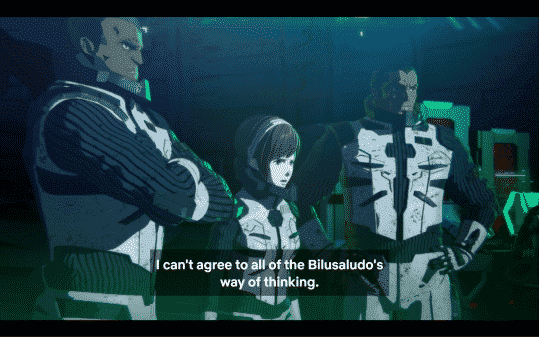
One of the major issues with part 1 was that, it was overstuffed. There was a lot of sci-fi jargon, a million and one names of people you didn’t know if they’d be worth remembering, and of course the massive undertaking of taking on Godzilla. With that, the cultures of humanity, the Exif, and Bilusaludo wasn’t of that great importance. The factions were presented, and we were given reason to be suspicious of the Exif, because of Metphies, but that was it.
In Godzilla: City on the Edge of Battle, it feels like, with the world building and background handled, there is a desire to character build a bit. Prep for the post-Godzilla world in which these factions have to figure out how to co-exist. Which, considering the Exif are religious and Bilusaludo not only considering religion primitive but having different post-Godzilla plans, we begin to see internal conflict. One that has humanity stuck in the middle for while they wish to take out Godzilla, as every faction does, there remains the issue of how and what will life be afterwards?
And with this conflict comes more reason to invest in Metphies and wonder about how he is advancing the Exif’s agenda, as well as what the Bilusaludo bring to this series beyond characters who not only have melanin but don’t give off the vibe they are savages.
Criticism
This Feels Like It’s Part of a Three-Part Movie
The problem with how this Godzilla franchise is being handled is that it feels like it is a potentially 6-hour movie broken up into three parts. With that, you get this strong vibe you are watching something incomplete. It’s like with the recent Digimon films or Kizumonogatari. You get this story isn’t one and done but will have multiple parts. However, it doesn’t make all parts equal in quality.
Making you want to wait for the whole story to be out so you get what the studio wanted to say and do. Rather than watch one part dedicated to establishing the world and the monster. Then another part which has the monster behind the first part’s monster, as well as making the characters you see not be the hero and these other people, but a true ensemble. Leaving the final part where, hopefully, you get everything you loved about the first, and praised in the second, for an epic finale.
The Plan and Fight Against Godzilla Wasn’t As Interesting
Watching Harou and the rest plan and do all this talking, it brings little to no interest in what they are talking about – outside of the cultures it establishes. For after a certain point you just want them to skip the exposition and get to fighting the giant Godzilla. Which they eventually do but it isn’t a cool, look at all these moving parts and people, kind of battle. Most of the characters are in a secure control center. Only three are out there fighting Godzilla and fighting isn’t even the right word. More so, they are guiding Godzilla into another trap so that their new fancy technology can handle the rest.
On The Fence
Lack of Focus on Houtua People
While, again, learning about the Exif and Bilusaludo without all the sci-fi talk to also decipher was a highlight, the Houtua presented some seriously needed new blood. They were these indigenous people who are humanoid but seemingly not human. Also, they have some kind of mystical telekinetic powers and can walk outside without helmets. Not to forget, they have this culture dealing with an egg and just figuring out how they survived with these monstrous creatures are of great interest.
However, because they are seen as primitive, and there is a communication issue, they are kind of ignored. Their existence is noted, as things come to the wire with Godzilla, but their role seemingly gets pushed back for the third movie. When there might be no choice but either working with them, figuring out about their god, or retreating.
Overall: Mixed (Divisive)
With lackluster battles, and the only benefit being that we get to know the cultures of the series without it being part of a buffet of information, Godzilla: City on the Edge of Battle represents a sophomore slump. It doesn’t really present anything to keep you watching beyond hoping you may see Mecha-Godzilla or another monster from the franchise. That is, alongside wanting to see how in the world they defeat Godzilla.
Which, unfortunately, we’ll have to wait until part 3 for. Leading to the mixed label. As noted, the way this trilogy is being handled doesn’t make it where each part feels important and interesting. The first film came out strong, this one presented mostly the opportunity to talk and regroup, and the third part hopefully bounces back. Otherwise, it may just be we lost 6 hours of our life, assuming part 3 is nearly 2 hours, to a trilogy that peaked in part 1. Maybe should have just been a solo movie and cut the giant Godzilla altogether.
